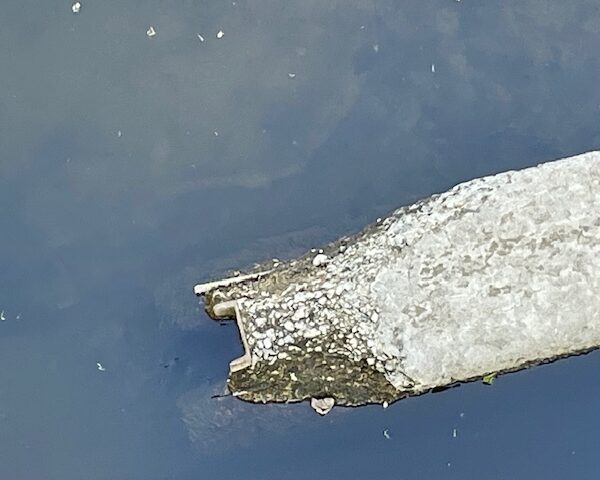 BY KATHRYN KELLY
BY KATHRYN KELLY
SaveHiawatha18 met with the Minnesota Department of Natural Resources (DNR) about the pumping issues surrounding Hiawatha Golf Course. We discussed the questions that were posed in a previous Southside Pride article.
We questioned what sources of water (groundwater, surface water, storm water, re-circulated lake water) should or should not be included in the pumping numbers. We were told that the DNR pumping permits do not require the separation of the sources of water. The DNR just requires reporting of the total volume that is pumped regardless of source. So, the anomalies we found regarding the sources of the water were just internal calculations made by the Minneapolis Park and Recreation Board (MPRB) for their own purposes.
We asked how the reported pumping numbers are vetted by the DNR. We were told that the permitting process is self-reporting and the numbers that are reported are based on the honor system. This means that, generally, there is no vetting or review of the reported numbers unless a problem is detected.
The DNR also explained that they do not require a specific method for determining the volume being pumped (for example, calculating volume based on the run-time of the pumps versus having a physical volume meter on the pumps).
DNR documentation we received states that Minnesota Statute “requires all installations for appropriating water to be equipped with a flow meter to measure the quantity of water appropriated within the degree of accuracy required by rule (10%). The commissioner may approve alternative methods of measurement based on the quantity of water used, the method of appropriating or using water and any other information supplied by the applicant.”
We asked how the DNR will assess the proposed plan for the Hiawatha Golf Course. DNR staff clearly stated that the DNR has no say in how the land is used. Land use is the purview of the municipality. The DNR regulates bodies of water. And any assessment of a plan proposed by the MPRB will be made based on the unique effects, if any, of the pumping on the Hiawatha Park property and other potentially affected properties, and any changes to Lake Hiawatha.
Regarding the massive jump in pumping from 2016 to 2017 when rainfall decreased, DNR staff only gave a theory that it may have been residual water pent up from the 2014 flood. To us, that would mean that the water was pent up for almost three years before finally producing a heavy flow into the golf course. This seems unlikely. We believe that it seems more likely that the change in the pumping regime (running one pump versus running both pumps simultaneously) caused the higher pumping rates. In 2015 and 2016 Pump 2 was regularly used while Pump 1 was used as a back-up or for high rainfall situations. Starting in 2017, both pumps were used simultaneously.
Pumping values (in millions of gallons) were as follows:
2015 2016 2017 2018
Pump 1: 45 11 252 262
Pump 2: 216 290 214 209
Total: 261 301 466 471
Rainfall: 36.1” 40.4” 32.4” 33.6”
A look at these numbers strongly indicates that the change in pumping regime is the likely cause of the increase in volume pumped, most likely from pumping more re-circulated lake water. Coincidentally, this 2017 change in pumping regime coincides with the Park Board’s push in 2017 to close Hiawatha Golf Course with the claim that the pumping was unsustainable.
One other note to mention is the cost of pumping. Xcel Energy electric bills obtained from the MPRB for the years 2011 to 2018 showed that the cost of electricity for pumping ranged from $174 to $251 per year. In 2014, the year of the flood, only $192 was spent on pumping. So, the cost is minimal, and it is paid for by golf revenues.






















